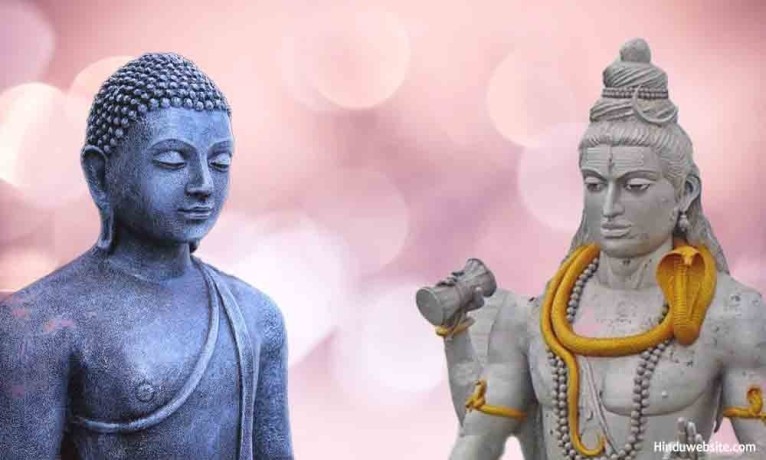The influence of Hinduism and Buddhism on Nepali culture Professional
Nov 3rd, 2023 at 06:11 Blogs Kathmandu 147 views Reference: 881Location: Kathmandu
Price: Contact us
-
The influence of Hinduism and Buddhism on Nepali culture.
-
Hinduism and Buddhism have profound and enduring influences on Nepali culture, shaping various aspects of life, including religion, festivals, art, architecture, philosophy, and social practices. Both religions coexist harmoniously in Nepal, and their intertwined presence creates a unique cultural tapestry that defines the nation's identity. Let's explore the influence of Hinduism and Buddhism on Nepali culture:
-
1. Religion and Spirituality:
-
Hinduism and Buddhism are the two dominant religions in Nepal. Hinduism is deeply ingrained in the Nepali way of life, with a majority of the population adhering to Hindu practices. Temples, shrines, and sacred sites dedicated to Hindu deities can be found throughout the country. Buddhism, while a smaller minority, holds significant importance, especially in regions like the Kathmandu Valley and Lumbini, the birthplace of Lord Buddha.
-
2. Festivals and Celebrations:
-
Religious festivals play a central role in Nepali culture. Many of these festivals are influenced by Hindu and Buddhist traditions. Dashain, Tihar, Holi, and Chhath are major Hindu festivals, celebrated with fervor across the country. In Buddhist-majority areas, celebrations like Buddha Jayanti and Losar (Tibetan New Year) hold great cultural significance. These festivals foster a sense of unity and provide an opportunity for family gatherings, religious rituals, and community bonding.
-
3. Art and Architecture:
-
Both Hinduism and Buddhism have left a lasting impact on Nepal's art and architecture. Temples, stupas, monasteries, and palaces showcase intricate craftsmanship, often adorned with images of Hindu and Buddhist deities. The Pagoda style, characteristic of Nepali temples, has its roots in both Hindu and Buddhist architectural traditions. Artistic expressions, such as thangka paintings, mandalas, and statues, are intertwined with religious themes.
-
4. Philosophy and Way of Life:
-
The philosophies of Hinduism and Buddhism have influenced the moral and ethical principles of Nepali society. Concepts like karma, dharma, and compassion are integral to both religions, shaping people's perspectives on life, duty, and relationships. These philosophical teachings emphasize kindness, empathy, and the pursuit of spiritual growth, leaving a lasting impact on the cultural fabric of Nepal.
-
5. Social Practices and Values:
-
Hinduism and Buddhism have contributed to the social practices and values in Nepal. Concepts such as respect for elders, tolerance, and the importance of family are deeply rooted in these religious traditions. Rituals and customs associated with birth, marriage, and death often reflect the religious beliefs of the community.
-
6. Tourism and Pilgrimage:
-
Nepal's religious heritage is a significant draw for tourists and pilgrims. Lumbini, the birthplace of Lord Buddha, attracts Buddhist pilgrims from around the world. Hindu pilgrims visit important sites such as Pashupatinath and Muktinath. This influx of visitors enriches Nepal's cultural diversity and contributes to its economy.
-
In conclusion, the influences of Hinduism and Buddhism are pervasive in Nepali culture, shaping beliefs, practices, festivals, and values. The coexistence of these two religions creates a rich and diverse cultural landscape, fostering tolerance and a shared sense of heritage among the Nepali people. The intertwined presence of Hindu and Buddhist traditions contributes to the beauty and uniqueness of Nepal's cultural identity.
-




